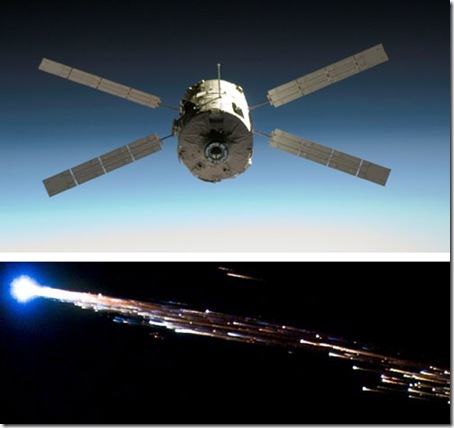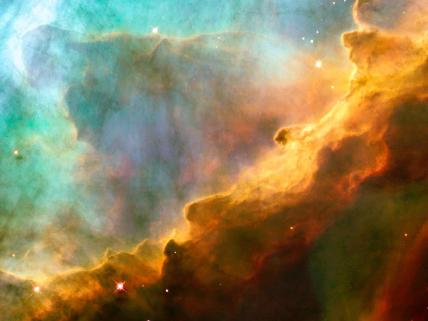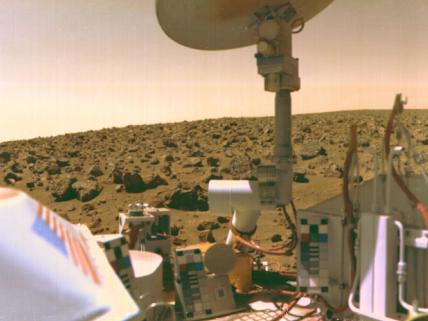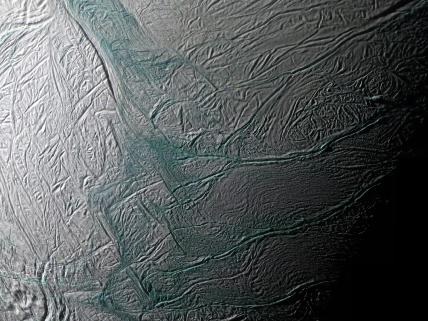
The International Space Station did a little house cleaning recently, and it decided that the Jules Verne ATV (Automated Transfer Vehicle) was just taking up too much space in the garage (not that the ISS actually has a garage). So the European Space Agency worked out a way to take it to the dump, and in this case the dump was actually a spectacular fiery death over the Pacific ocean, caught by a NASA DC-8 observation plane.
The Jules Verne had been hanging around the station since last march, where it delivered around six tons of cargo as well as a little orbital boost to the ISS. But you have to take a stand against clutter somewhere, so the last act of the Jules Verne ATV was to serve as entertainment/garbage run, and the video shows the swan song. Watching the video and imagining what the space station had to dispose of, I think they might need to either address the diet of the astronauts at some point or find a better way to dispose of left over celebratory fireworks (not that they would work in space in the first place ).
via



